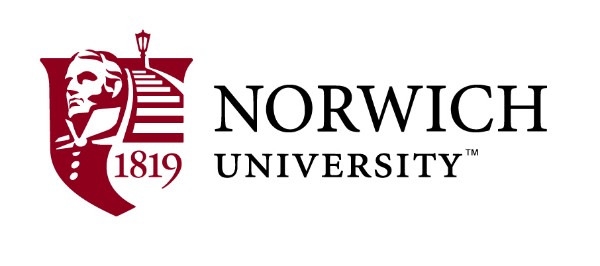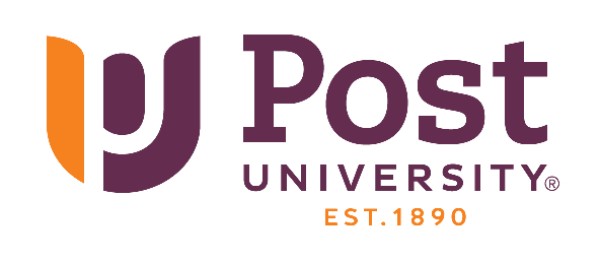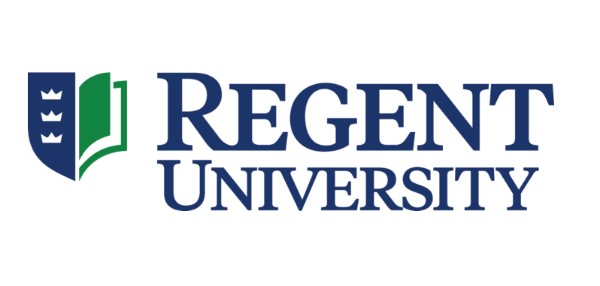Find your college in a few easy steps
Newest Articles and Resources
Universities vs. Trade Schools
Universities
vs. Trade Schools
September 14th 2017
by Jessica Worley
With
the rising cost of post-high school education and the looming fear of
unemployment, going to college and earning a four-year degree is even more
discouraging than it has been in years past. Joining the workforce immediately,
though it may be convenient and debt-free, typically provides lower-paying jobs
and fewer opportunities for advancement. Universities are propitious but can
result in thousands of dollars in debt and a degree with no guarantee for a
job. A third option, in the form of a trade school, provides a two-year
education that is only slightly less expensive than a four-year degree, but is
tailored specifically to a chosen vocation. With so many options and such a
life-changing decision, many students wonder whether they necessarily have to spend
money to make money.
Universities, while promising more highly paid careers and a comfortable lifestyle, require many years and significant payment upfront. A public four-year college, according to the College Board, averages $9,000 per year for tuition; this does not include additional expenses. Students may also be responsible for housing, food, books, supplies, and transportation, which can add several thousands of dollars in student debt.
Going to college out of state or at a private university may also increase costs considerably. A 2016 College Board report estimated that the expenses of private colleges were more than triple those of state institutions, and out-of-state tuition was twice as much as that of an in-state, public university. Students may save money by living at home with their parents, but many colleges require freshmen and even sophomores to live in dormitories and buy meal cards to use at university cafeterias. So while it may only cost about $36,000 for tuition for a four-year degree, additional fees and expenses can make education much more costly than it first appears.
Trade schools, on the other hand, average a total cost of $33,000. They typically offer two-year programs attuned to specific trades or careers, and allow graduates to enter the workforce earlier than four-year college graduates. Overall, this means less student debt and more time and possibility for promotion in a field. With a specific degree in their field, these students may also have an easier time finding work. Many employers view trade schools as producing job seekers who are ready to work and require little on-the-job training. The Bureau of Labor Statistics measures the rate of unemployment for graduates with a bachelor's degree at 4.5 percent, while the unemployment rate for those who hold an occupational degree is around 4.0 percent.
Universities and trade schools each have their concessions. A high price tag for a four-year degree can also mean a higher income after graduation. On average, a bachelor's degree fetches $21,000 more a year than a high school diploma alone. Employment rates are also more promising with a four-year degree vs only some college education (at 71.8 percent and 63.2 percent, respectively). The big question, however, is this: with the rising costs of college and the near inevitability of student loans, is this education worth it? According to a November 2013 study by website Career Builder, about one-third (31 percent) of college-educated American workers ages 35 and older are never employed within their degree field. In 2012, it was projected that only 56 percent of students actually earn a degree within six years of college education. This means that 44 percent of students either drop out without completing their degree or take more than six years to earn, spending more money on education and less time working.
With so many options for schooling that have such a large impact on the future, it is impossible to say which is the right choice for an individual. For some, any schooling seems like a waste of time. Others believe in education over experience, and vice versa. Each pathway comes with its own challenges and rewards, and it is up to each person to foster their future.








